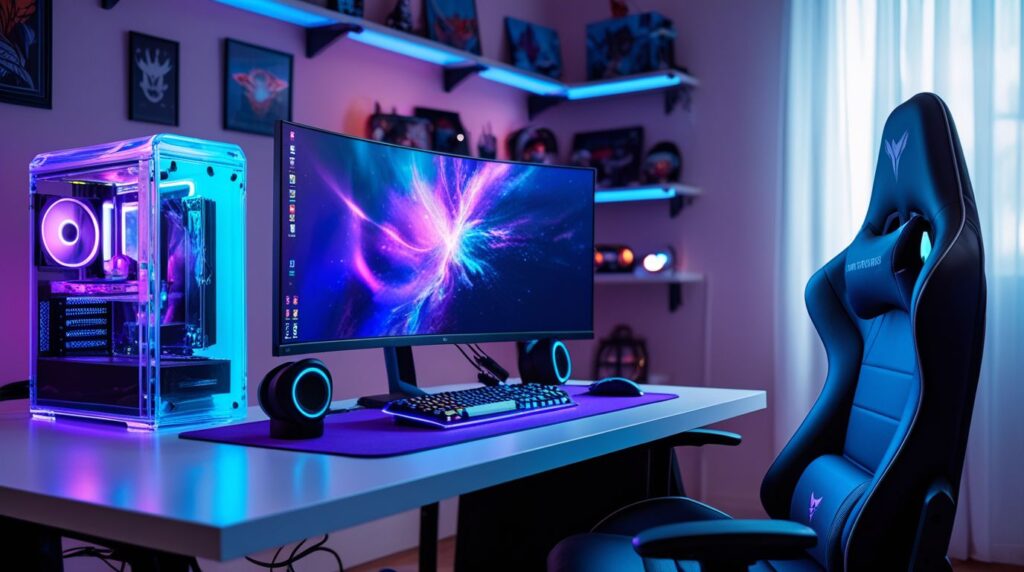
Gaming Software Development: Shaping the Future of Interactive Entertainment
Gaming software development is the process of creating video games, a complex discipline that blends computer science, creative design, storytelling, and user experience into one cohesive digital product. As the gaming industry continues to evolve with advanced graphics, immersive gameplay, and AI-driven experiences, developers are now equipped with powerful tools and platforms to bring their visions to life.
1. Core Components of Game Development
Game development can be broken down into several core areas:
- Game Design: This includes the rules, structure, narrative, levels, and user interaction. Game designers conceptualize the mechanics and player experience.
- Programming: Developers write the code using languages like C++, C#, and Python. Engines like Unity and Unreal Engine simplify the process by offering built-in physics, rendering, and input systems.
- Art & Animation: Visual assets such as character models, environments, and effects are created using tools like Blender, Maya, and Photoshop.
- Audio Design: Soundtracks, sound effects, and voiceovers significantly enhance immersion.
- Quality Assurance (QA): Rigorous testing is vital to find bugs, ensure performance, and maintain gameplay balance.
2. Game Engines and Frameworks
Game engines provide a framework that simplifies development:
- Unity: Popular for both 2D and 3D games, especially in mobile and indie development.
- Unreal Engine: Known for high-fidelity graphics and used extensively in AAA game development.
- Godot: An open-source engine that is gaining popularity for its lightweight and flexible architecture.
3. Emerging Trends
Modern game development is influenced by emerging technologies:
- Virtual Reality (VR) and Augmented Reality (AR): Games like Beat Saber and Pokémon GO have expanded the boundaries of immersion.
- Artificial Intelligence (AI): AI is used for non-player character behavior, procedural content generation, and player analytics.
- Cloud Gaming and Cross-Platform Play: Platforms like Xbox Cloud Gaming and NVIDIA GeForce NOW are redefining accessibility.
- Blockchain and NFTs: Some games incorporate decentralized economies and player-owned assets.
4. Career Paths in Game Development
Opportunities in the gaming industry are diverse:
- Game Developer / Programmer
- Game Designer
- 3D Artist / Animator
- Sound Designer / Composer
- Game Tester / QA Analyst
- UI/UX Designer
5. Challenges in Game Development
Despite its creative appeal, the industry faces hurdles:
- Crunch Culture: Developers often work long hours near deadlines, leading to burnout.
- High Competition: The market is saturated, making discoverability a key challenge.
- Technical Complexity: Balancing visual fidelity with performance requires deep expertise.
No Responses